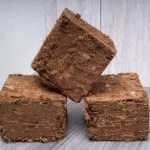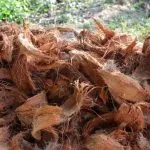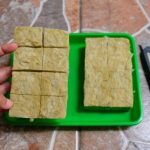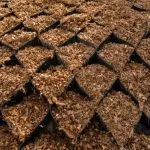If you’ve ventured into the fascinating world of hydroponics, you may already know that coco coir has become a popular and highly efficient growing medium. As a natural, sustainable, and easy-to-use alternative to traditional soil, knowing how to water coco coir properly is essential for success in your hydroponic garden.
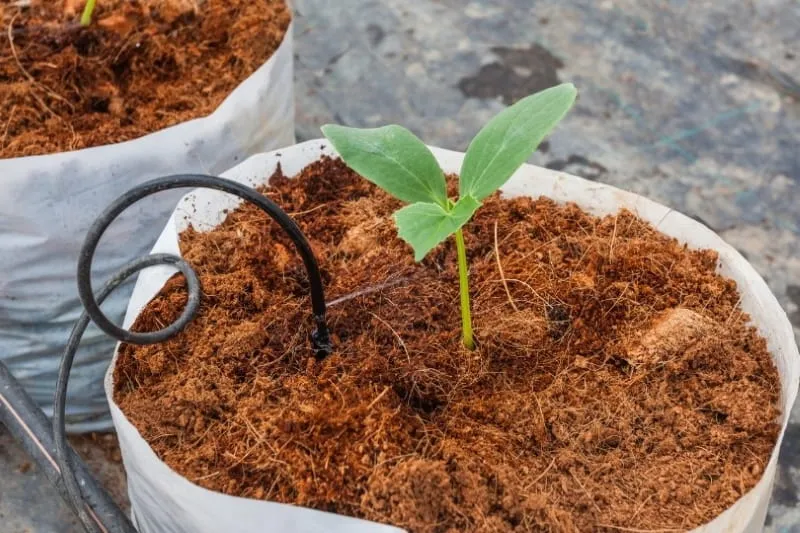
Coco coir, derived from coconut husks, boasts excellent water retention and aeration properties, which are crucial for a successful hydroponic system. However, understanding how to utilize and maintain this versatile medium can make a significant difference in the health of your plants. In this article, we will guide you through the process of watering coco coir for hydroponics, ensuring your plants thrive and flourish throughout their growth stages.
Whether you’re a seasoned hydroponic gardener or just starting, learning the intricacies of how to water coco coir will enhance your skills and help you unlock the full potential of this eco-friendly medium. Keep reading as we delve into vital tips and practices for the optimal use of coco coir in hydroponics.
The Role of Coco Coir in Hydroponics
Coco coir is popular among hydroponic gardeners for its water retention capacity and airy structure. In hydroponics, coco coir plays a pivotal role by providing a natural and sustainable alternative to traditional growing media.
When using coco coir in your hydroponic system, its high water retention properties help keep your plants hydrated. At the same time, its structure promotes excellent aeration, ensuring that plant roots receive adequate oxygen. This balance of water and oxygen is essential for a healthy root system and optimal growth.
As you progress in hydroponic gardening, you’ll discover that coco coir is super versatile. It works well with various hydroponic systems, including recirculating systems. In addition, coco coir encourages faster nutrient uptake, making it easier for your plants to access the hydroponic nutrients they need to flourish. You should know that coco coir by itself doesn’t have enough naturally occurring nutrients to support plant growth, so get a fertilizer for coco coir that contains essential nutrients like calcium and magnesium.
When working with coco coir, it’s crucial to prepare it correctly by adequately rinsing and buffering the medium before placing it in your hydroponic system. This process removes excess salts and ensures that the coir’s pH level is within the desirable range for your plants. There is more, so learn properly how to use coconut coir for plants in hydroponics.
Another advantage of using coco coir over soil is that it’s naturally resistant to pests and diseases. This allows you to focus on other elements of your hydroponic garden and enjoy a more successful gardening experience.
Can You Overwater Coco Coir?
Yes, it is possible to overwater coco coir in a hydroponic system. Coco coir, being a highly absorbent medium, retains a significant amount of water and air, which is great for your plants’ root system. Overwatering can lead to issues such as poor oxygenation, nutrient imbalances, and unwanted bacterial or fungal growth, affecting your plant’s health. Fungus gnats also thrive on the top of excessively wet growing mediums.
To prevent overwatering, it’s essential to find the right balance between providing enough moisture for your plants while still allowing for adequate drainage. Here are a few tips to help you avoid overwatering in coco coir:
- Observe your plants’ needs: Pay attention to your plants’ growth and appearance to identify any signs of overwatering. Wilting, yellowing leaves, and poor growth are possible indicators that you’re giving your plants too much water.
- Establish a watering schedule: Develop a consistent watering schedule tailored to your specific plants and growing conditions. Start by watering smaller amounts more frequently, and gradually increase frequency and volume as your plants grow. Keep track of how your plants respond to adjustments in the watering regime to find the optimal balance.
- Use the right mix of coco coir and other mediums: Coco coir performs best when mixed with other substrates such as perlite or vermiculite. This enhances drainage and promotes sufficient oxygenation, helping to prevent overwatering.
- Ensure proper drainage: Ensure that your hydroponic system has effective drainage mechanisms to remove excess water from the coco coir. This prevents the medium from becoming saturated, which can lead to overwatering.
- Monitor water runoff: When watering your plants, watch for runoff, typically any excess water that exits the growing medium. This can help you identify if you’re giving your plants too much water. Adjust your watering schedule as needed based on runoff observations.
By keeping these tips in mind, you can avoid overwatering your coco coir hydroponic system and ensure your plants receive the right amount of water for optimal growth.
Related: In order to ensure good drainage, the quality of coco coir you use matters. Here are our favorite hydroponic coco coir products.
How to Water Coco Coir for Hydroponics
How Much Water to Add to Coco Coir
Finding the right water-to-coco coir ratio is essential for successful hydroponic gardening. Coco coir has excellent water retention, so you should be mindful to avoid overwatering. Generally, a proper water to coco coir ratio is about 3-5 parts water to 1 part coco coir. This may vary depending on the specific needs of your plants and the hydroponic system you’re using.
How Much Water to Add to a Coco Coir Brick
To prepare a coco coir brick for hydroponics, place it in a container and cover it completely with warm water. When you’re trying to figure out the right amount of water to use, consider the handy guideline of using around 4 to 5 gallons for every 5 kilo brick. Let it sit for at least 15 minutes, allowing it to absorb the water and expand. Afterward, fluff up the coco coir until it reaches a soil-like consistency. Typically, a brick of coco coir will expand 5-7 times its original size when water is added.
How Often To Water Coco Coir
The frequency of watering your coco coir depends on the type of plants you’re growing, the stage of their growth, the temperature, and the humidity. However, as a general guideline:
- Seedlings: Water every 2-3 days.
- Small plants: Water daily.
- Mature plants: Water 1-2 times daily.
Remember to check the moisture levels regularly. Coco coir should stay moist but not waterlogged. Using a moisture meter can help to ensure optimal watering.
Related: You will also need to match up the watering of your coco coir growing medium with the watering schedule for your chosen method of hydroponics, like drip hydroponics, ebb and flow, and NFT hydroponics.
Maintaining PH Level
Coco coir generally has an ideal pH level of around 6.0, making it suitable for most plants. However, you’ll still want to monitor and adjust the pH levels of your nutrient solution. A pH range of 5.5-6.5 works well for most plants in coco coir hydroponics. Use a pH test kit to measure the pH – if it’s too acidic or alkaline, adjust with pH up or pH down solutions accordingly.
Managing Salt Build-Up
Salt build-up in coco coir can cause nutrient deficiencies or toxicity for your plants. To avoid this issue, regularly measure the electrical conductivity of the nutrient water, and flush your coco coir with a light nutrient solution or fresh water every couple of weeks. This practice will help remove excess salts and maintain a healthy environment in your hydroponic system.

